How to Recognize and Deal With a Child's Ear Infection
Ear infections occur more often in children than in adults. They happen when bacteria or viruses infect the area behind the ear drum. This can cause inflammation and fluids to build up and become very painful. It is important to treat ear...
Part 1 of 3:
Identifying an Ear Infection in a Child
-
 Recognize an ear infection in your child. Ear infections generally come on suddenly. A child with an ear infection may:[2][3]
Recognize an ear infection in your child. Ear infections generally come on suddenly. A child with an ear infection may:[2][3]- Complain of ear pain
- Pull at the ear
- Be unable to sleep
- Cry
- Be irritable
- Have trouble hearing
- Have trouble balancing
- Have a fever of 100 °F (37.8 °C) or more
- Have fluid leaking from the ear
- Not be hungry
- Have diarrhea or vomiting
-
 Check your child's ear with an electronic ear monitor. These devices, such as EarCheck, use sound waves to detect whether there is fluid buildup in the middle ear. The device reads the sound waves that are reflected back and determines whether there is fluid in the middle ear. If your child has fluid buildup, you should bring the child to the doctor.[4][5] However, fluid buildup does not necessarily mean that there is an ear infection.
Check your child's ear with an electronic ear monitor. These devices, such as EarCheck, use sound waves to detect whether there is fluid buildup in the middle ear. The device reads the sound waves that are reflected back and determines whether there is fluid in the middle ear. If your child has fluid buildup, you should bring the child to the doctor.[4][5] However, fluid buildup does not necessarily mean that there is an ear infection.- You can purchase an electronic ear monitor online or at your local pharmacy for approximately $50.
- Make sure you follow the directions carefully, and use caution when using these on young children.
- Even if your child's reading comes back as not reporting fluid buildup, you may still want to bring her to the doctor if she is having concerning symptoms to make sure there are no other problems causing her symptoms.
-
 Call your child's doctor. Your doctor will likely want you to bring the child in so his ears can be checked. Your doctor is particularly likely to recommend this if:[6]
Call your child's doctor. Your doctor will likely want you to bring the child in so his ears can be checked. Your doctor is particularly likely to recommend this if:[6]- Your child's pain is very bad
- Your child's pain has continued for more than 24 hours
- Your child has recently had a cold, flu, or other infection
- There is fluid coming out of the child's ear
-
 Have a doctor check your child's ear. The doctor will use an otoscope, and sometimes a pneumatic otoscope to look into your child's ear. The device allows the doctor to see the eardrum, and also can be used to blow a small amount of air against the eardrum. The doctor when watches to see if the eardrum moves. This will not hurt.[7]
Have a doctor check your child's ear. The doctor will use an otoscope, and sometimes a pneumatic otoscope to look into your child's ear. The device allows the doctor to see the eardrum, and also can be used to blow a small amount of air against the eardrum. The doctor when watches to see if the eardrum moves. This will not hurt.[7]- If the ear doesn't move as much as usual, or doesn't move at all, it means that fluid has built up behind the eardrum.
- However, the most important part of the exam is your doctor seeing what the ear drum looks like through the otoscope. Signs of infection are if the ear drum is red, swollen, or has yellow fluid behind it.
-
 Get additional tests if your doctor recommends it. If your doctor is unable to determine whether your child has an ear infection or is having problems along with one, she may suggest additional tests to help with the diagnosis. Possibilities include:[8][9]
Get additional tests if your doctor recommends it. If your doctor is unable to determine whether your child has an ear infection or is having problems along with one, she may suggest additional tests to help with the diagnosis. Possibilities include:[8][9]- Tympanometry. This device changes the air pressure in the ear and records how much the eardrum moves. If it doesn't move enough or at all, this indicates that there is fluid behind the eardrum.
- Audiometry. This machine will check your child's hearing. Your child will wear headphones and listen to tones of different pitches and volumes. Your child will be asked to say when she hears something.
- A CT scan or MRI scan. The doctor may recommend these imaging tests if there is concern that the infection spread beyond the middle ear. The CT scan uses X-rays and the MRI uses magnets and radio waves to produce images. These tests will not hurt but may involve lying on a table inside a large machine.
Part 2 of 3:
Treating an Ear Infection
-
 Give it time to heal on its own if your doctor recommends that. Many ear infections will go away without antibiotics within about two days. Using this approach reduces the likelihood of developing strains that are resistant to antibiotics. But it is best to take your child to the doctor when you first suspect an ear infection, to be sure that it is an ear infection. Your doctor may recommend waiting if:[10]
Give it time to heal on its own if your doctor recommends that. Many ear infections will go away without antibiotics within about two days. Using this approach reduces the likelihood of developing strains that are resistant to antibiotics. But it is best to take your child to the doctor when you first suspect an ear infection, to be sure that it is an ear infection. Your doctor may recommend waiting if:[10]- Your child is older than six months and under two years old, has mild discomfort in one ear for less than two days, and a temperature below 102 °F (38.9 °C).
- Your child is two years old or older, has mild discomfort in one or both ears for less than two days, and a temperature below 102 °F (38.9 °C).
-
 Use home therapies to manage your child's discomfort. Ear aches can cause significant discomfort and some of these techniques may lessen your child's pain and help him sleep at night. You can try:[11]
Use home therapies to manage your child's discomfort. Ear aches can cause significant discomfort and some of these techniques may lessen your child's pain and help him sleep at night. You can try:[11]- Warmth. Put a warm, damp washcloth over the infected ear. This may reduce your child's discomfort.
- Pain medication, if your doctor approves it. Ask your doctor whether you should give your child over-the-counter medications such as acetaminophen (Tylenol and others) or Ibuprofen (Motrin IB, Advil, and others). Do not give aspirin to children or teenagers because it may be associated with Reye's syndrome.
-
 Try antibiotics. Antibiotics, such as amoxicillin, cefdinir, or augmentin may help clear up a severe bacterial ear infection. They will not be effective against a viral ear infection. If your child does receive antibiotics, be sure to give her the entire course as prescribed, even if your child feels better right away. This will help prevent resistant strains from evolving. Your doctor is particularly likely to recommend antibiotics in the following circumstances:[12]
Try antibiotics. Antibiotics, such as amoxicillin, cefdinir, or augmentin may help clear up a severe bacterial ear infection. They will not be effective against a viral ear infection. If your child does receive antibiotics, be sure to give her the entire course as prescribed, even if your child feels better right away. This will help prevent resistant strains from evolving. Your doctor is particularly likely to recommend antibiotics in the following circumstances:[12]- A temperature greater than 102 °F (38.9 °C)
- Moderate or severe pain in one or both ears
- An infection that has lasted two days or more
-
 Discuss ear tubes with the doctor. Fluid buildup and ear infections can cause long-term damage and hearing loss if not alleviated. If your child has had more than three ear infections in six months, four infections in a year, or fluid that does not go away after infection is gone, your doctor may suggest ear tubes.[13][14]
Discuss ear tubes with the doctor. Fluid buildup and ear infections can cause long-term damage and hearing loss if not alleviated. If your child has had more than three ear infections in six months, four infections in a year, or fluid that does not go away after infection is gone, your doctor may suggest ear tubes.[13][14]- The doctor makes a small hole in the eardrum and sucks the fluid out of the ear. A small tube is put in the hole to enable air to flow to the middle ear and future fluid buildup to drain.
- Depending upon the type of tube used, they will either come out on their own after six to 12 months or they will be surgically removed when the doctor feels they are no longer needed. The eardrum will heal after the tubes are removed.
- The procedure is be done under general anesthesia. It takes about 15 minutes and is an outpatient procedure.
-
 Avoid ineffective or dangerous remedies. It can be very difficult for parents to wait to see if the infection will go away when their child is in pain and crying. But avoid the temptation of trying home remedies that are unlikely to help. If you do decide to try an alternative treatment, always talk to your doctor before you do. Some may have side effects or interfere with other medications. Do not attempt alternative remedies without first consulting your doctor. Some common ones include:[15]
Avoid ineffective or dangerous remedies. It can be very difficult for parents to wait to see if the infection will go away when their child is in pain and crying. But avoid the temptation of trying home remedies that are unlikely to help. If you do decide to try an alternative treatment, always talk to your doctor before you do. Some may have side effects or interfere with other medications. Do not attempt alternative remedies without first consulting your doctor. Some common ones include:[15]- Homeopathic remedies of herbs or minerals. These supplements are not regulated by the Food and Drug Administration the way other foods and medical products are. This means that the dosage and ingredient mixtures are often unreliable. It is better not to use these products on a sick child.
- Chiropractic treatments. Scientific studies have not found this to be effective. Chiropraxis can also be dangerous if your child's skeleton is manipulated in a way that causes injury.
- Xylitol. This may prevent, but not treat ear infections. However, the dosages that are required often cause abdominal pain and diarrhea. The Mayo Clinic advises against this option.
- Probiotics. These are available as oral medications and sprays, however scientific studies have produced mixed results.
Part 3 of 3:
Preventing Ear Infections
-
 Teach your child good hygiene habits. This will help her avoid colds and the flu, both of which can lead to stuffiness and fluid build-up in the passages of your child's head. Teach your child to:[16][17]
Teach your child good hygiene habits. This will help her avoid colds and the flu, both of which can lead to stuffiness and fluid build-up in the passages of your child's head. Teach your child to:[16][17]- Wash her hands before eating
- Sneeze into the crook of her arm instead of on others or on her hands
- Not share cups and eating utensils with others
-
 Avoid exposing your child to secondhand smoke. Secondhand smoke lowers your child's immune system and makes him more vulnerable to infections.[18]
Avoid exposing your child to secondhand smoke. Secondhand smoke lowers your child's immune system and makes him more vulnerable to infections.[18]- If someone in your family smokes and cannot quit, ask that person to smoke outside instead of in the house where your child will inhale the smoke. Make sure he change his clothing before coming near the child.
-
 Breastfeed. Breast milk has antibodies and other immune cells that will help your baby fight off ear infections. If you bottle feed, do so with breast milk rather than formula.[19][20]
Breastfeed. Breast milk has antibodies and other immune cells that will help your baby fight off ear infections. If you bottle feed, do so with breast milk rather than formula.[19][20]- When feeding, hold your baby so that the head is above the stomach. If possible, hold your baby so that she is supported, but sitting upright. Don't let your baby have a bottle in bed.
-
 Vaccinate your child. Vaccines will help your child fight off infections from bacteria and viruses that frequently cause respiratory and ear infections. Ask your doctor about the:[21][22]
Vaccinate your child. Vaccines will help your child fight off infections from bacteria and viruses that frequently cause respiratory and ear infections. Ask your doctor about the:[21][22]- Haemophilus influenza vaccine (Hib vaccine)
- Seasonal flu shot
- Pneumococcal vaccine
-
 Avoid swimmer's ear. Swimmer's ear is an ear infection that occurs when water gets in someone's ear and then gets infected when bacteria grow. The infection in swimmer's ear is in the ear canal, not behind the eardrum. Your child can reduce the chances of getting swimmer's ear by:[23]
Avoid swimmer's ear. Swimmer's ear is an ear infection that occurs when water gets in someone's ear and then gets infected when bacteria grow. The infection in swimmer's ear is in the ear canal, not behind the eardrum. Your child can reduce the chances of getting swimmer's ear by:[23]- Not swimming in lakes and streams when the bacteria count is high. Contact your local town officials to ask if there have been recent algae blooms.
- Not putting objects in his ears. Do not try to scrape ear wax out with something hard. This can tear the delicate skin on the inside of the ears and increase the likelihood of an infection when swimming.
- Drying his ears after swimming and bathing. If your child can't get the water out of his ears, you can try using a hair drier. Use the gentlest setting and keep the hair drier at least 12 inches (30.5 cm) away from your child's head so that it isn't too hot. Then use the hair drier to blow warm, dry air into the ear.
5 ★ | 2 Vote
You should read it
- How to Blog Respectfully About Your Disabled Child
- How to check Android status using Phone Doctor Plus
- How to Prepare Your Child for Middle School
- Read the weekend: Semmelweis and the age of the doctors with dead hands
- How to Transfer an IEP to Another School
- How to Help Children Sleep
- How to Help a Carsick Child
- Ways to help your child become a creative child
- How to Be a Positive Parent
- Things to know about the :nth-child() selector in CSS
- Instructions for removing Antimalware Doctor rogue software
- 5 best child monitoring apps for mobile phones
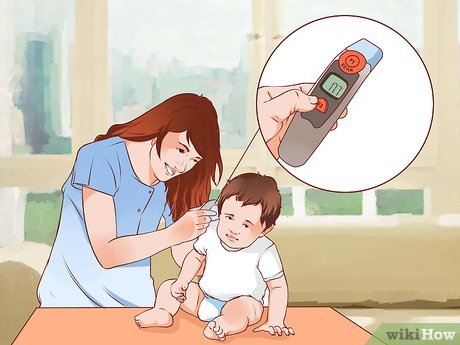

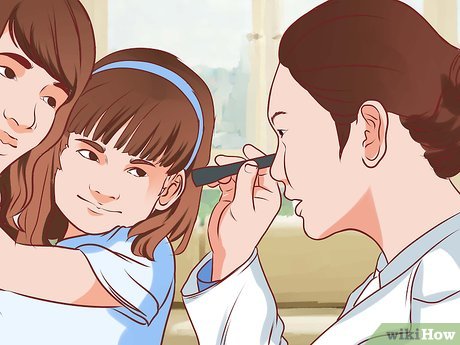
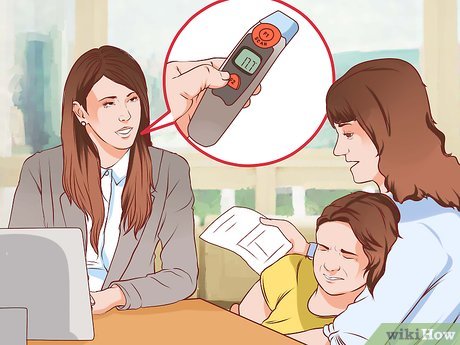
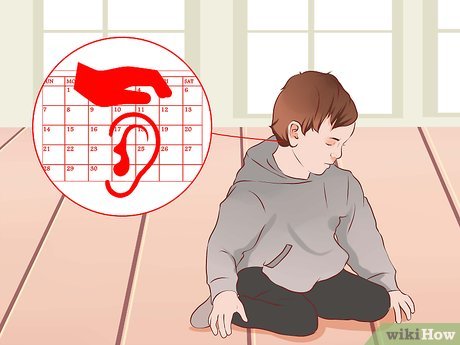
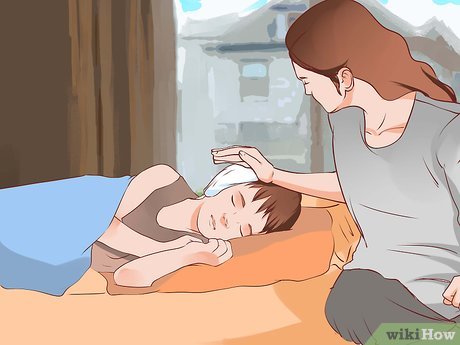
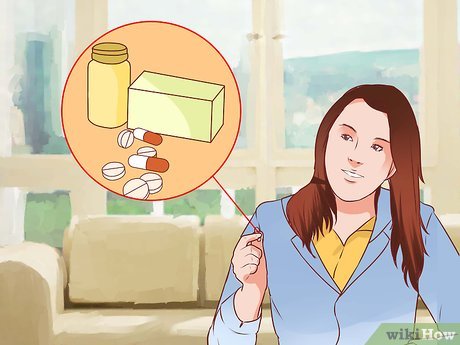
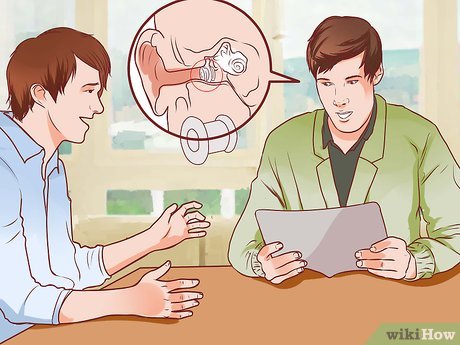
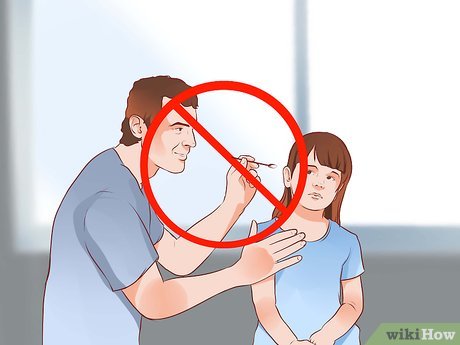
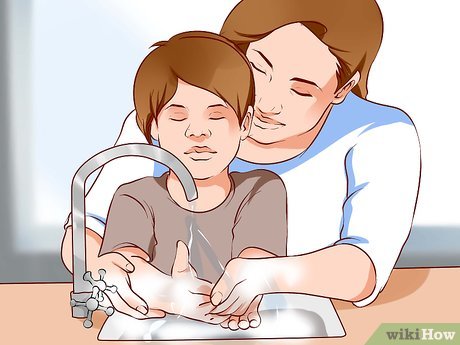

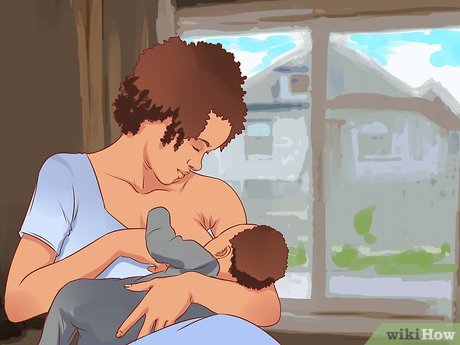
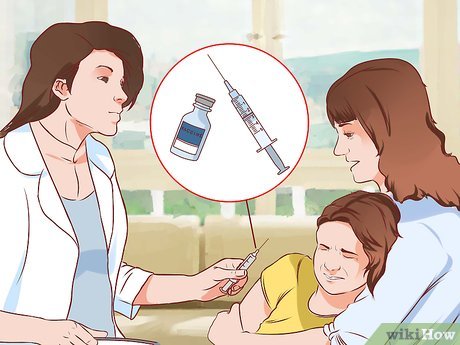







 How to Prevent an Eye Infection
How to Prevent an Eye Infection Dealing with hypocrites also needs a great technique
Dealing with hypocrites also needs a great technique How to deal with complainants?
How to deal with complainants? Cocktails can help prevent septic shock
Cocktails can help prevent septic shock How to fix a computer that does not recognize iPhone
How to fix a computer that does not recognize iPhone Mobile malware infection rate increased by 400% in the past year. Android has the highest rate
Mobile malware infection rate increased by 400% in the past year. Android has the highest rate